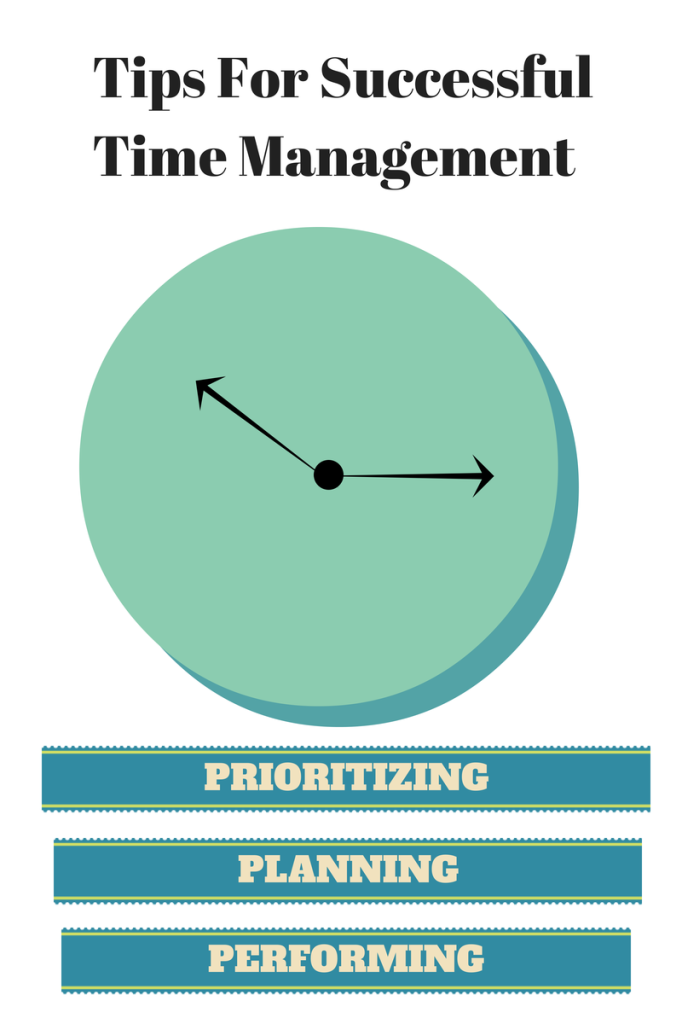Tips For Successful Time Management
Time management is a constant struggle for our household and with school starting in a few days I know it’s time to get back on track (again!) and out of our laid back summer schedule. I know, I know – we really should have started our back-to-school schedule a week or so ago to make the transition easier – my snooze button and I are really working on it and had a serious conversation this evening about the need to do better.
The fact is, no one ever has more than 24 hours in any given day. You cannot really get more time in your day no matter how hard you try. You have a set budget of time, and it’s the same for everyone. Yet, some people seem to get so much done in the same amount of time. How? Why? For every single person it all starts with Planning, Prioritizing, and Performing.

Time Management & Prioritizing
One of the most important aspects of time management is learning to put things into order by priority. You have a few categories to look at:
* Urgent – Deadlines, problems, and crises often fall into the area of urgent. Taxes, bookkeeping, client work, production. These should go first on any to-do list.
* Immediate – Some things aren’t important at all but end up being treated as urgent, such as phone calls, reports, meetings and other interruptions. If you can get a handle on these type of things and minimize or eliminate them, you’ll do a better job with the rest.
* Important – Next you have anything you need to do that is important such as networking, relationship building, or commenting on social media networks and blog posts. While important, none of these are urgent in the overall function of your business.
* Time suckers – Anything that causes you to waste time such as Internet surfing, social media, office gossip, and so forth. All of these things are neither important or urgent and should be moved to off-business time.
Time Management & Planning
Once you understand what is urgent and important then it’s easier to complete a plan for any project or day. Every plan that you create should consist of the “five Ws” which are: What, Where, When, Why and Who. If you can answer those aspects of any project then you will be able to make a good plan of action.
Your plan should solve a problem, or fulfill a need. In order to create a plan you’ll need to define the problem or need in a very detailed format. You also need to know what results you’re hoping to achieve from the implementation of your plan. Once you know the problem and the results you want, it’s time to create some solutions to act on.
Spell out the plan in detail so that it’s easy to review, to ensure that nothing was missed. Ask for input from anyone who will be involved with implementation or evaluating the results.
Time Management & Performing
The final and most important “P” of successful time management is to perform the things you planned. Without implementation and “doing,” all your prioritizing and planning can become a crunch for another “P” word: Procrastination. During the planning process, start with the due date, and work your way backwards until today. Assign individual tasks to be completed by a certain deadline so that by the time the major deadline comes up, the project will have been implemented and performed without stress.
